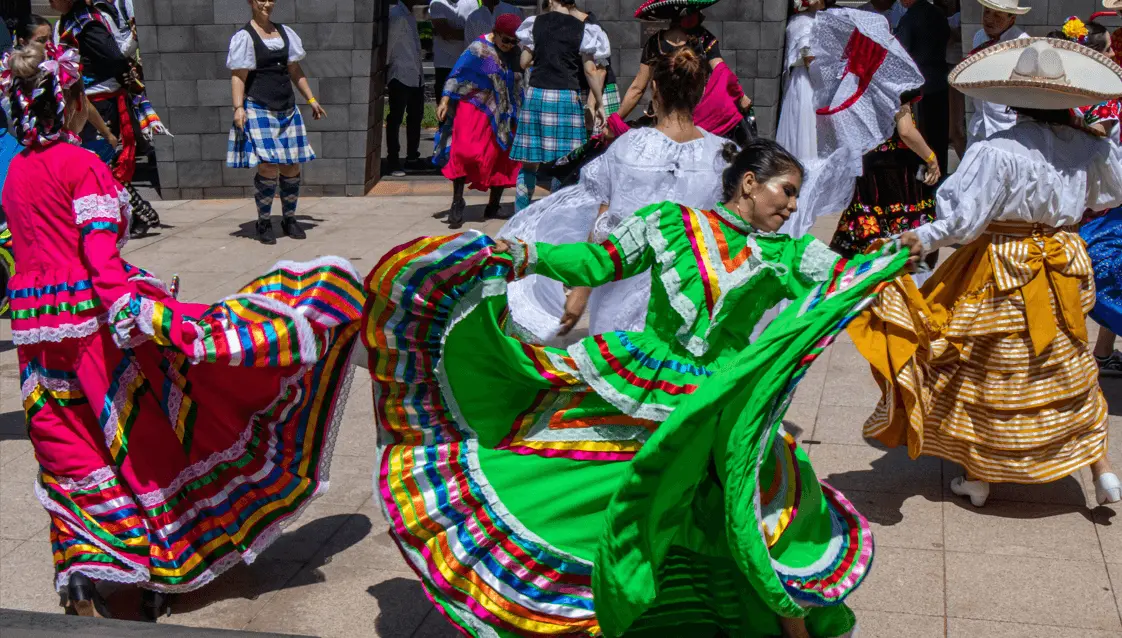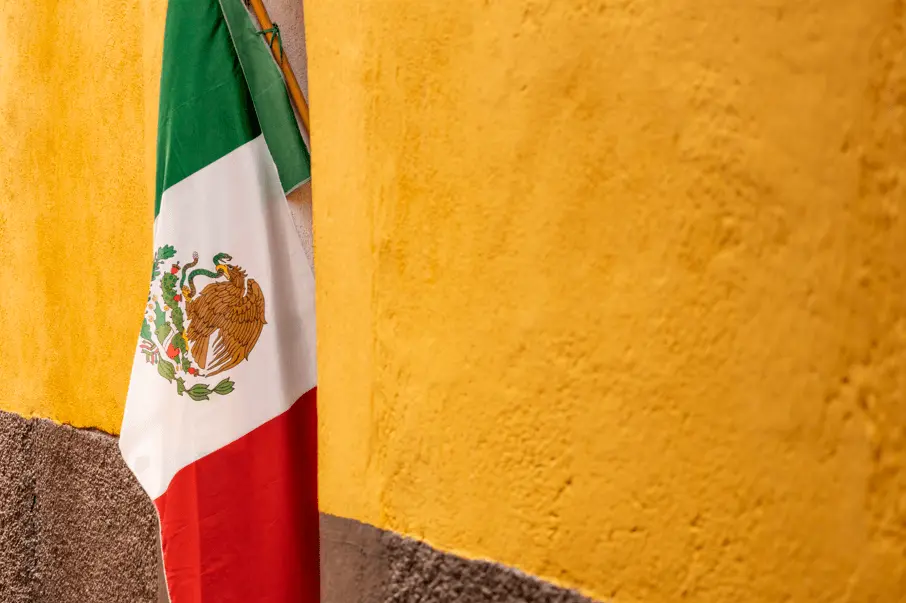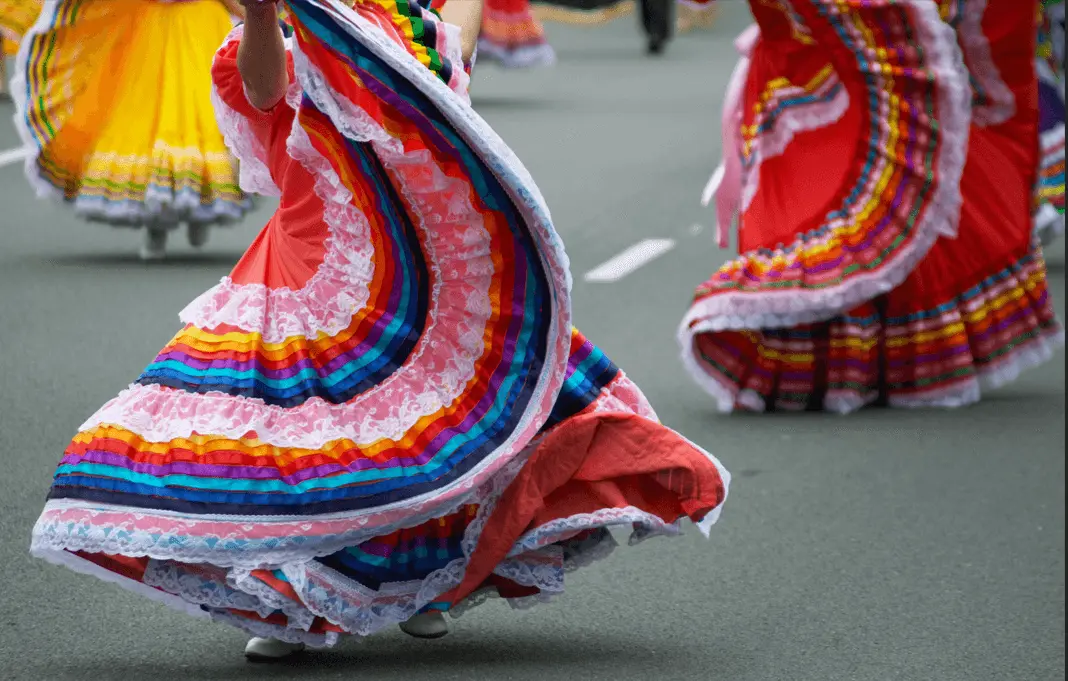How Is Cinco de Mayo Celebrated in Mexico?


When you think of Cinco de Mayo, tacos, tequila, and colorful celebrations might come to mind. But despite its festive image in the U.S., Cinco de Mayo isn’t Mexico’s Independence Day. It actually commemorates a moment of national resilience - the Mexican army’s unexpected victory over French forces at the Battle of Puebla on May 5, 1862. Far from being just a party day, it’s a powerful symbol of resistance, unity, and cultural pride.
The Story Behind Cinco de Mayo
Cinco de Mayo literally means "the fifth of May" in Spanish. While it’s often confused with Mexico’s Independence Day, the real date of Mexican independence is September 16.
Cinco de Mayo honors the 1862 Battle of Puebla, fought during Mexico’s conflict with France. After Mexico suspended debt payments to European powers, France sought to take advantage of the country's instability. However, against all odds, Mexican forces led by General Ignacio Zaragoza defeated a much larger and better-equipped French army near Puebla. Though the French occupation continued for several more years, the victory at Puebla became a powerful symbol of Mexican resilience and national pride.
How Cinco de Mayo Is Celebrated Today
Celebrations in Mexico
The most meaningful and traditional celebrations still take place in Puebla. The city commemorates the victory with military parades, historical reenactments, concerts, and cultural exhibitions. The events, which stretch over a week, are filled with heritage and pride - honoring the bravery of the soldiers who turned the tide of history.
Outside Puebla, the day is observed more quietly. It’s not a federal holiday in Mexico, so most parts of the country go about their usual routines with only modest acknowledgments of the date.

Celebrations in the U.S.
Meanwhile, north of the border, Cinco de Mayo has evolved into a broader celebration of Mexican-American identity. From Los Angeles to San Antonio, cities with large Mexican communities host parades, street festivals, and live music events that showcase cultural pride and community spirit.
The tradition of celebrating Cinco de Mayo in the U.S. dates back to the 1860s, beginning in Southern California shortly after the Battle of Puebla. By the 1950s, it had grown into a day for highlighting Mexican heritage, and in more recent decades, it has been embraced more widely through cultural events, food festivals, and family gatherings.
Shared Traditions
In Puebla, Cinco de Mayo is a patriotic celebration that spans a full week, featuring:
- Parades with Historical Costumes: Participants often dress in 19th-century military uniforms to reenact the battle and honor the soldiers who fought for Mexico's freedom.
- Battle of Puebla Reenactments: These dramatic reenactments of the battle showcase the bravery and strategy of the Mexican forces and are a key part of the celebrations.
- Cultural Exhibitions: Art, music, and dance exhibitions reflect Puebla's rich cultural traditions and its historical connection to the battle.
In the U.S., the holiday is more of a cultural celebration of Mexican identity. Cities like San Diego, Los Angeles, and San Antonio throw large-scale events complete with music, dancing, street food, and displays of local pride. It’s a day to celebrate the vibrancy of Mexican culture and the shared history of Mexican-Americans.
At home, many families also celebrate Cinco de Mayo by hosting their own gatherings. These are often more intimate affairs, with traditional foods and drinks served while reflecting on the importance of the day.
Why Is Cinco de Mayo Celebrated More in the U.S.?
While the Battle of Puebla holds regional significance in Mexico, in the U.S., Cinco de Mayo has become a broader symbol of cultural pride for Mexican-Americans. It’s a day to honor heritage, resilience, and the contributions of Mexican communities to American society.
The rise of Cinco de Mayo in the U.S. can be attributed to the growth of the Mexican-American population and the increasing recognition of the holiday as a celebration of Mexican identity. Over time, marketing and media played a significant role in expanding its reach, especially in the late 20th century. What started as a cultural celebration within the Mexican community soon became a day for all Americans to enjoy, thanks to its ties to food, drink, and vibrant festivals.
Today, Cinco de Mayo is celebrated widely across the U.S., not just by Mexican-Americans but also as a festive occasion to acknowledge multiculturalism and the diverse cultural contributions that Mexican-Americans have made to the country.

What to Eat and Drink on Cinco de Mayo
While tacos and burritos are popular party staples, the rich culinary traditions of Puebla offer a more authentic way to honor Cinco de Mayo. Puebla is known for its sophisticated and complex cuisine, which has even been recognized by UNESCO for its historical significance and culinary depth.
Traditional foods include:
- Mole poblano: This signature dish is a rich, dark sauce made with chili peppers, chocolate, and various spices, typically served over chicken or turkey. It’s the dish that defines Puebla’s culinary identity and is enjoyed by locals and visitors alike.
- Pipián: A savory sauce made from ground pumpkin seeds, often served with chicken or pork. It’s another example of Puebla’s complex and flavorful cuisine.
- Mole de caderas: A regional specialty, this goat stew is seasoned with spices and cooked to perfection, reflecting the agricultural traditions of Puebla’s rural areas.
Traditional drinks:
- Pulque: A fermented agave drink with ancient roots, pulque is a traditional Mexican beverage that has been enjoyed for centuries. It’s still a popular drink in certain regions of Mexico, including Puebla.
- Tequila and Margaritas: While these drinks are more modern and festive than traditional Mexican beverages, they’ve become synonymous with Cinco de Mayo celebrations, particularly in the U.S.
Smart Travel Tips for Cinco de Mayo
If you're planning a trip to Mexico for Cinco de Mayo, staying connected can make a big difference. Whether you're navigating Puebla’s lively parades or finding a spot for traditional mole poblano, having mobile data helps you make the most of the experience.
With Maaltalk’s Mexico eSIM, you can avoid the hassle of physical SIM cards and get reliable coverage across Mexico. Through the MaaltalkNow app, it's easy to set up your eSIM in a few minutes. The app even suggests the best data plan based on your trip details, and new users can access a 10% discount when signing up.
The MaaltalkNow app also includes an AI Agent which is basically your own personal travel assistant that can help you on the go. Whether you need directions, restaurant recommendations, or quick info about a site you're visiting, AI Agent uses your location to offer real-time suggestions and tips. It can even analyze photos if you're curious about what you're seeing.
Travel Tip: If your plans include stops in the U.S. or Canada, the North America eSIM plans offer coverage across all three countries without needing to switch networks.
Tools like Maaltalk eSIM and AI Agent are designed to make travel a little easier, so you can focus on enjoying the celebration, exploring new places, and connecting with the culture around you.



